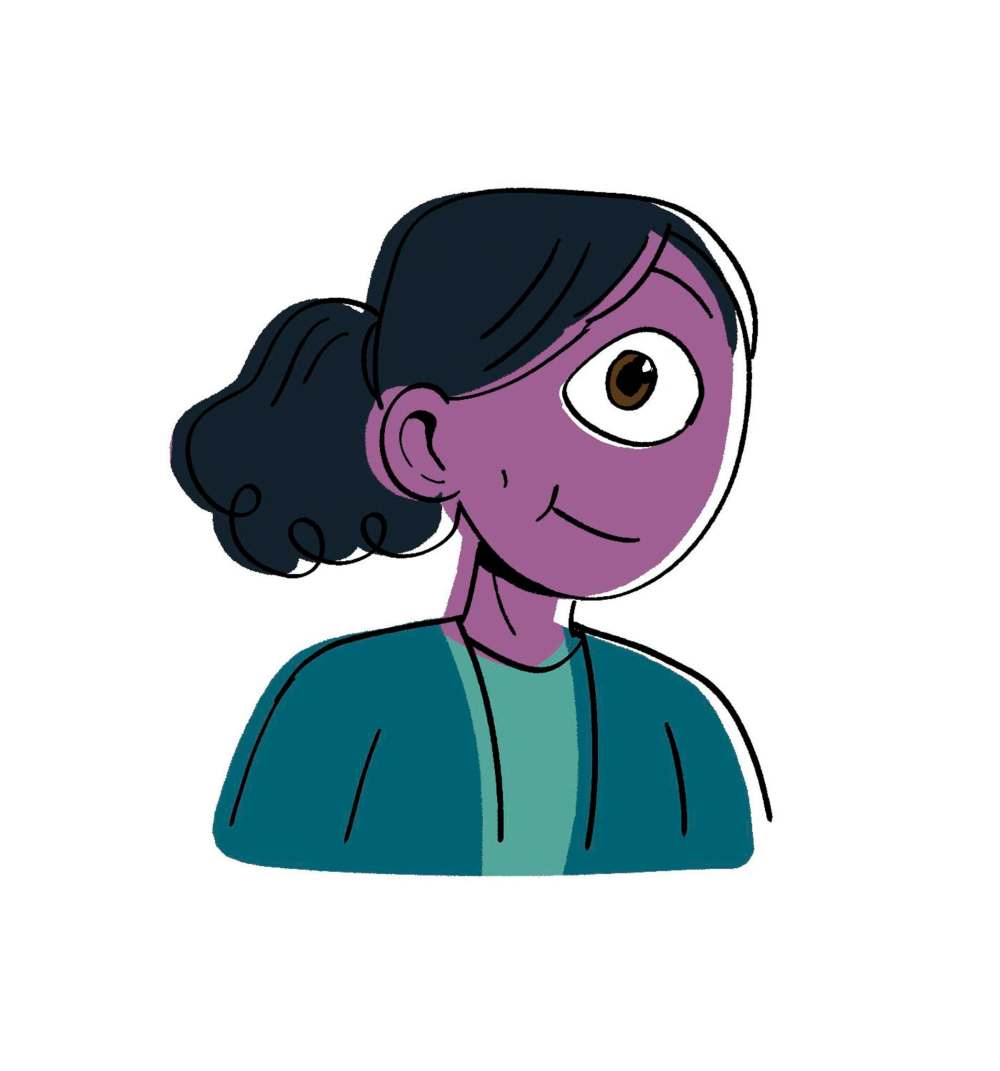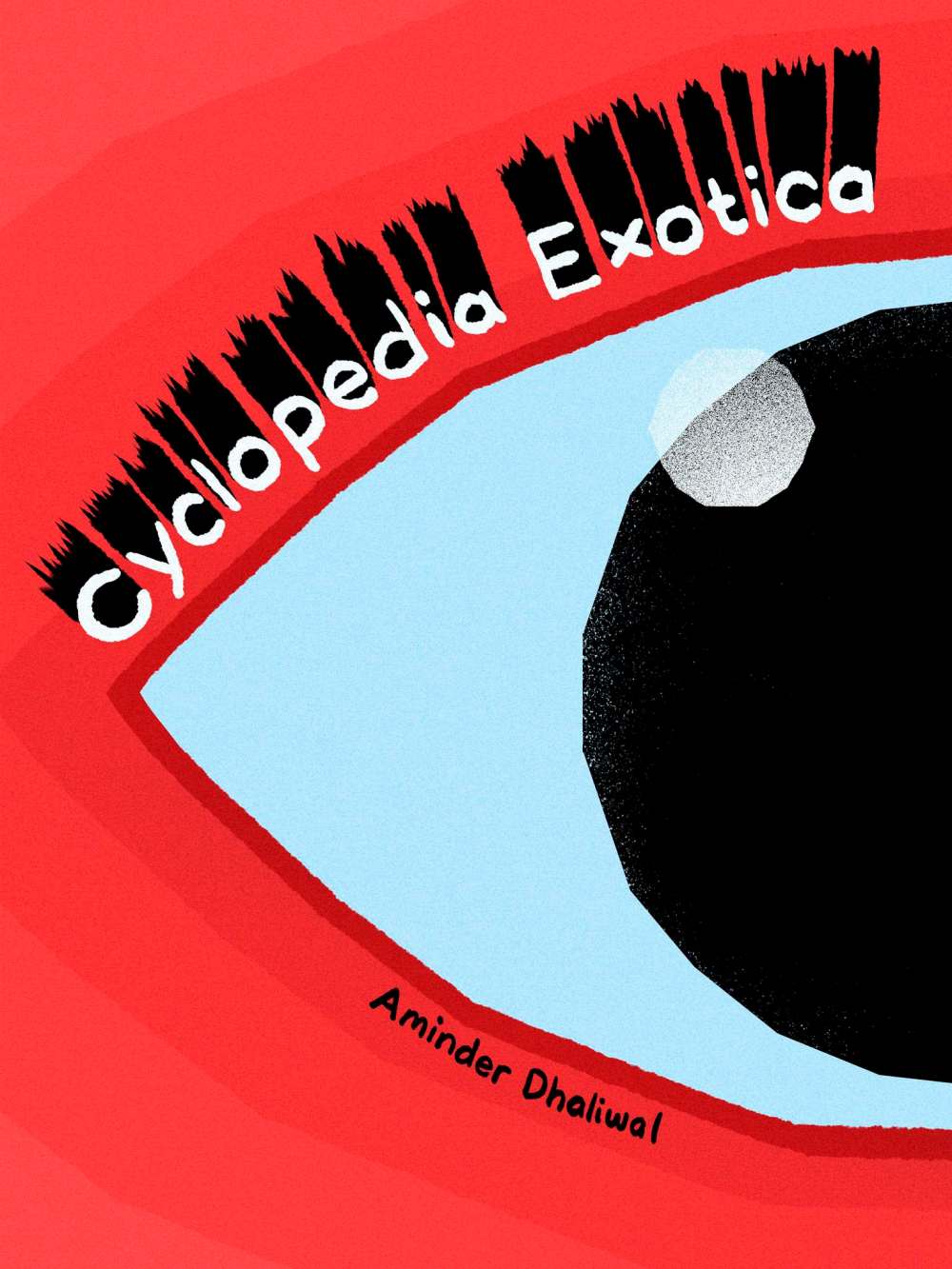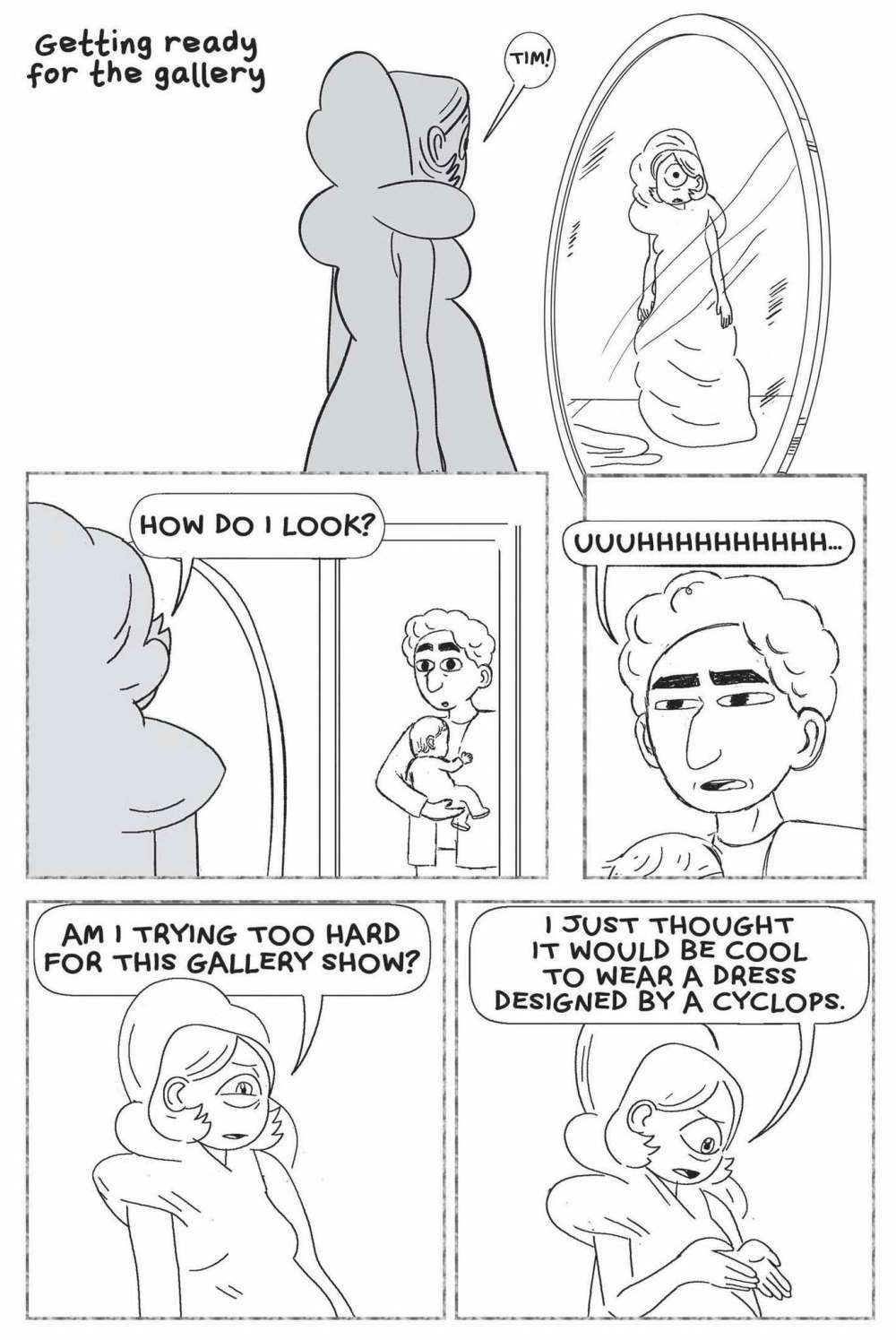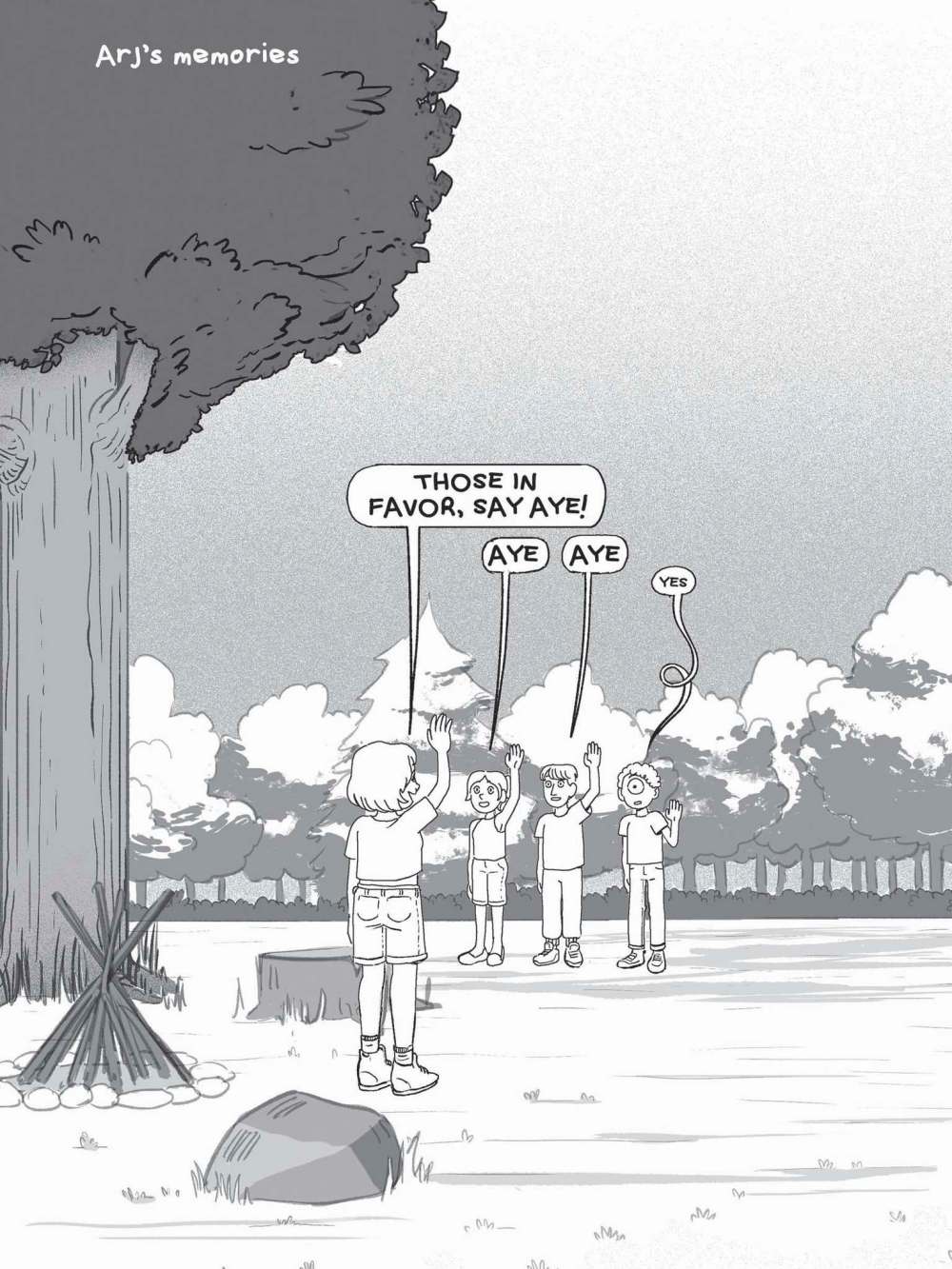An eye for story
Stigmatization of Cyclopes related in clever, comical graphic novel
Advertisement
Read this article for free:
or
Already have an account? Log in here »
To continue reading, please subscribe:
Monthly Digital Subscription
$0 for the first 4 weeks*
- Enjoy unlimited reading on winnipegfreepress.com
- Read the E-Edition, our digital replica newspaper
- Access News Break, our award-winning app
- Play interactive puzzles
*No charge for 4 weeks then price increases to the regular rate of $19.00 plus GST every four weeks. Offer available to new and qualified returning subscribers only. Cancel any time.
Monthly Digital Subscription
$4.75/week*
- Enjoy unlimited reading on winnipegfreepress.com
- Read the E-Edition, our digital replica newspaper
- Access News Break, our award-winning app
- Play interactive puzzles
*Billed as $19 plus GST every four weeks. Cancel any time.
To continue reading, please subscribe:
Add Free Press access to your Brandon Sun subscription for only an additional
$1 for the first 4 weeks*
*Your next subscription payment will increase by $1.00 and you will be charged $16.99 plus GST for four weeks. After four weeks, your payment will increase to $23.99 plus GST every four weeks.
Read unlimited articles for free today:
or
Already have an account? Log in here »
Hey there, time traveller!
This article was published 15/05/2021 (1665 days ago), so information in it may no longer be current.
Cyclopedia Exotica presents itself as a fictional encyclopedia about Cyclopes (the plural for Cyclops), and its first few pages are laid out as an anthropological look at the one-eyed creatures through the ages.
In this graphic novel by Aminder Dhaliwal, Cyclopes are human and are still interacting with and living alongside “Two Eyes” folks. To introduce the era of the “Modern Cyclops,” the Canadian cartoonist swaps scientific study for slice-of-life stories that brings Cyclopedia fully into the present day, complete with modern conveniences, mental-health problems and online dating apps. But the Cyclopes’ outdated categorization as an “exotic subspecies” continues to linger as Dhaliwal’s characters navigate a world in which they are still visibly different.
Cyclopedia’s stories are told mostly in word-bubble dialogue, through a series of loosely interconnected narratives that focus on relationships and belonging. In the book, a Cyclops’ existence is, predictably, a direct metaphor for issues of race, gender, disability and sexuality, affording for many levels of satiric commentary.
However, Dhaliwal also exploits the reader’s expectations to great comedic effect, as many a punchline names these social categorizations (and fodder for prejudice) outright as a reason for strife, instead of going for the obvious joke. For example, insecure Bron attends a “Cyclops Night” at O’Leary’s pub, worried that he won’t fit in because he’s not Irish. Fans of Jillian Tamaki’s Supermutant Magic Academy will recognize this tongue-in-cheek narrative move, which works particularly well in stories about how “outsiders” are often viewed.
For a text that is so visually rooted, both in medium and content, Dhaliwal also pays close attention to how language can be weaponized against marginalized groups in passive-aggressive ways. Cyclops anatomy once again comes into play, with the women having a single breast and three wombs; as the currently pregnant Pari remarks, “the cute term is we’re baby-making machines! And the hateful term is we’re baby-making machines.” The fact that her husband, Tim, is two-eyed, only intensifies her anxieties and potential struggles in a society where not everyone is accepting of her, or of their marriage.
Even when acceptance is seemingly a non-issue, something more insidious is sometimes at play. As middle-aged Pol discovers, Cyclopes’ unusual anatomy also makes them a target for fetishization. New to the dating game, Pol finds himself in a situation where his Two Eyes date has no interest in getting to know him as a person. Relatedly, the most frequent searches on a popular adult website are “male cyclops two eyes man” and “female cyclops two eyes woman,” revealing a still-voyeuristic attitude in many.

Cyclopedia Exotica, like Dhaliwal’s Ignatz-winning graphic novel Woman World, began as a comic on Instagram, a medium that privileges visual awareness and perception.
Similarly, the book invites questions about art, appearance and lived reality as Cyclopes become a target for marketing that exploits physical differences, gender, or both. Once a model for a breast-separating device, Vy feels guilty for potentially causing body issues in young Cyclopes women. Meanwhile Etna, the first woman Cyclops sex symbol, was once scorned for posing nude, but is now lauded as a pioneer.
Amongst these more serious stories, Dhaliwal also finds room for plenty more jokes, as Gian and Grae, a Cyclops artist duo, skewer the art world and its inhabitants in ways reminiscent of Walter Scott’s Wendy series. An acclaimed Cyclops children’s book written by a Two Eyes creator also points out the inherent problems with appropriating others’ stories, although the message becomes muddled after Bron writes his own book with a laughably similar plot.
Throughout Cyclopedia Exotica, Dhaliwal’s charming line work is enhanced with vivid pops of colour from Nikolas Ilic, present in product advertisements and character portraits. Cyclops identity politics, it seems, are never black and white, but Dhaliwal covers a lot of ground with characters who see themselves, and each other, as fully human and worthy of community.
Winnipeg’s Nyala Ali writes about race and gender in contemporary narratives.




